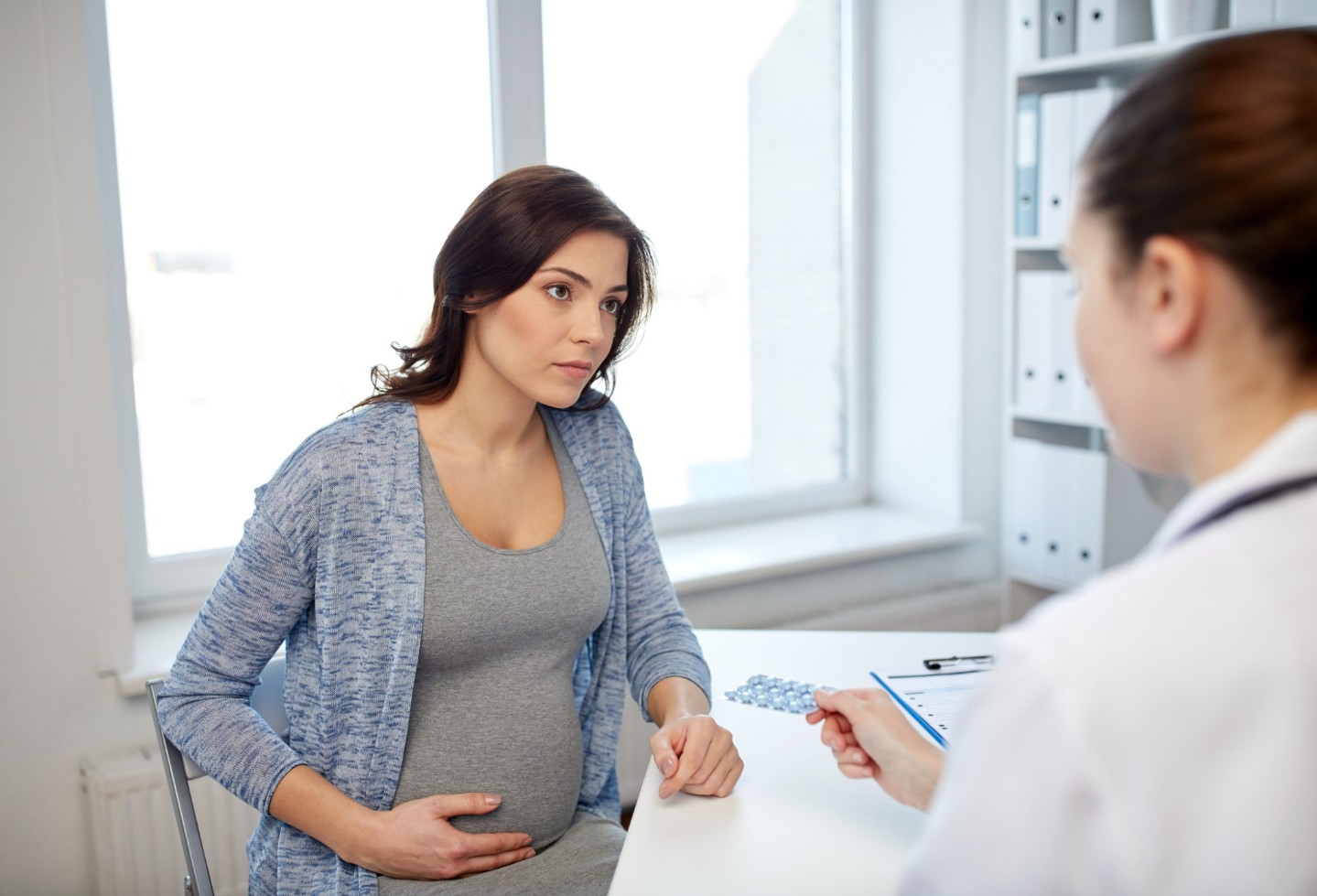Pregnancy is a time of tremendous body changes for women. Some are joyful, like the first flutters of fetal movement. Others are bothersome, like the nausea of morning sickness and swelling due to water retention.
Sometimes these common complaints signal a more serious condition called preeclampsia, which occurs in up to 8% – or one in every 12 -- pregnancies. This is what pregnant women need to know about this condition.
Preeclampsia is Dangerous for Mom and Baby
Preeclampsia and other hypertensive disorders during pregnancy are the leading cause of maternal and infant illness and death. The condition can affect baby’s growth, put stress on baby during labor and can cause fetal death. Moms can experience seizures and can have an abruption – placenta separating from the uterus wall – which puts baby in danger.
Preeclampsia is the Top Reason Doctors Decide to Deliver a Baby Prematurely
The general recommendation for mild-to-moderate preeclampsia is to induce labor at 34 to 37 weeks. Prior to delivery, treatment includes medications to lower blood pressure and prevent seizures and blood transfusions.
Delivery Doesn’t Cure Preeclampsia, but it Starts the Healing Process
Symptoms can worsen for moms postpartum. It’s possible to have life-threatening seizures several weeks postpartum.
Early Detection of Preeclampsia Symptoms is Essential
The condition begins as early as 20 weeks of gestation and can occur up to six weeks after baby is born. Symptoms include:
- Blood pressure of 140/90 or greater
- Nausea after mid pregnancy
- Swelling in the face or hands
- Headaches
- Changes in vision
- Weight gain of 3 to 5 pounds in a week
- Difficulty breathing, fluid in the lungs
Some women experience no symptoms at all. To diagnose preeclampsia, your health care provider will take urine samples to check for protein in the urine and draw blood to check for low platelet count or impaired liver function and kidney problems.
Preeclampsia is a Warning Sign
An estimated 15% of women with preeclampsia will develop HELLP syndrome, a more serious variation of this condition which has mortality as high as 30%. After having preeclampsia, a woman’s risk of developing heart disease or having a stroke over the next five to 15 years is doubled.
Some things women can do to reduce their risk include getting in good physical shape before becoming pregnant, going to regular prenatal visits and informing providers about high risk pregnancies and/or family history of preeclampsia or hypertension. Most importantly, know the warning signs and speak up if you have troubling symptoms.
Speak more with a CHI Health provider about these complications.
Looking for your perfect provider? Match with the doctor that is right for you.





